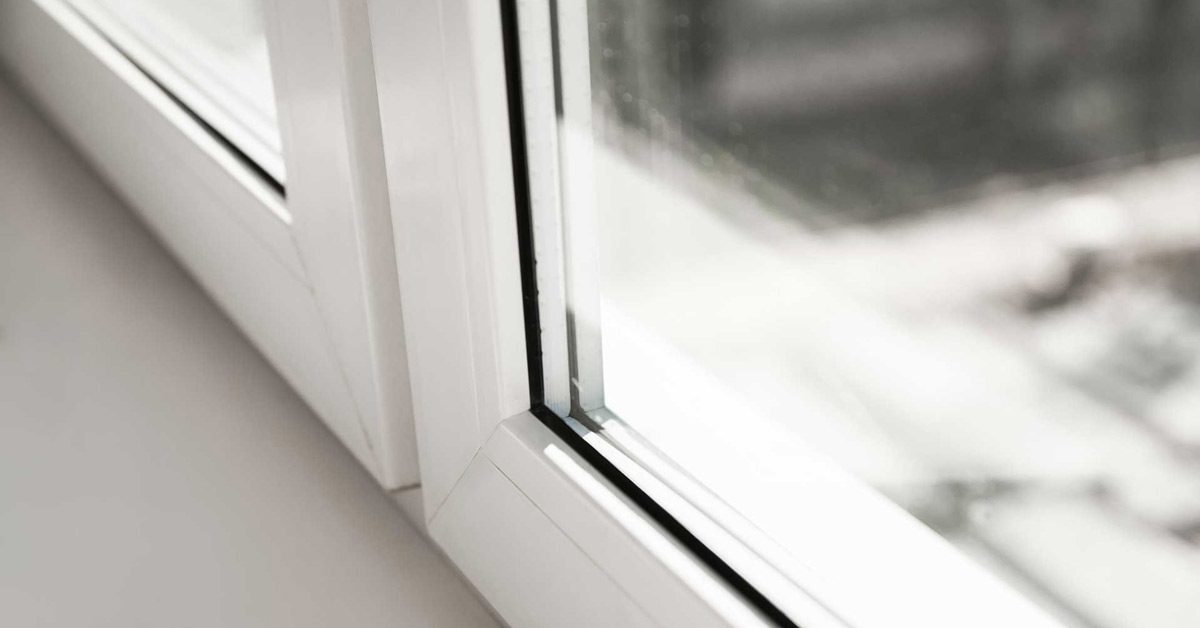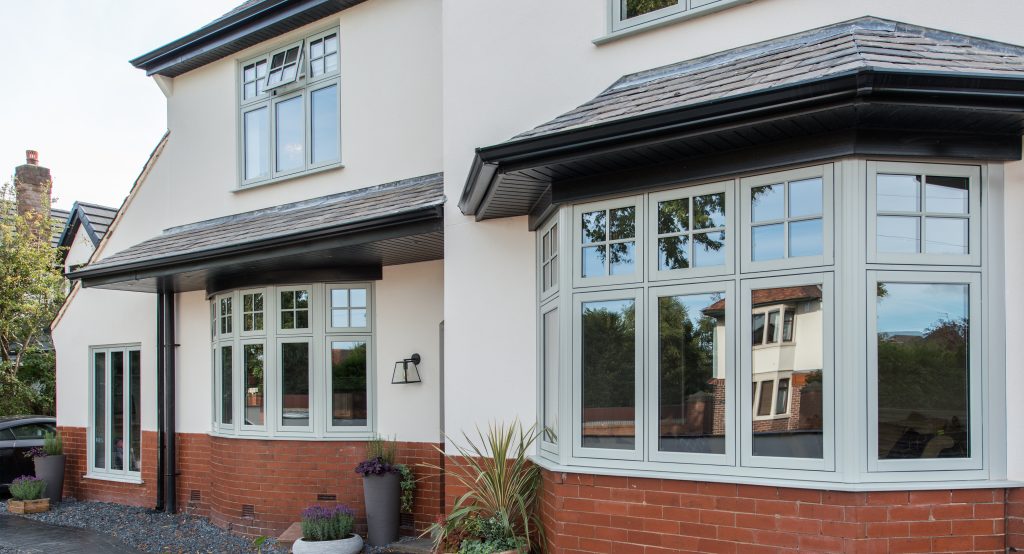All Categories
Featured
Table of Contents
Summer Scorcher Predicted, Again! Double Glazed ... in Glendalough Perth
Laminated glass is frequently utilized in locations in the home most vulnerable to injury from human effect such as restrooms, doors, around staircases and in areas near the flooring (it satisfies the requirements of 'shatterproof glass' that is mandated for usage in these areas by Australian Basic AS 1288 Glass in structures).
Toughened glass has been 'tempered' by being reheated and quickly cooled once again. This procedure makes it much more powerful than standard glass it can resist higher impact loads prior to breaking. It also makes it safer due to the fact that, when it does shatter, it burglarizes numerous little cubic pieces rather than hazardous shards.
How Are Double Glazed Windows More Energy Efficient? in Guildford Western Australia
Toughened glass has no thermal or acoustic benefits over other glass of the very same toning or thickness. Secondary glazing is where single-glazed windows are retrofitted with a transparent acrylic or glass sheet connected to the within the frame or openable sash with a secondary frame or with magnetic strips.


Secondary glazing will not carry out too thermally as a manufactured IGU, since it is difficult to absolutely seal the boundary, but it can provide excellent sound control. Window films are a thin polymer film consisting of an absorbing color or reflective metal layer, with an adhesive backing. They adhere to your glazing to change its colour or make it reflective.
Windows Of Opportunity: Your Guide To High-performance ... in Ellenbrook WA
Applied to existing glass, some window films can cut in half the total SHGC of the window by soaking up and/or showing solar radiation. This can be particularly helpful in hotter environments where cooling is the primary concern, or on east and west elevations straight exposed to long durations of sunlight. However, window films might also minimize visible light transmittance.

For this reason, it is typically best to use a certified installer of window film. Frames have a significant effect on the thermal performance of doors and windows, because energy can be gained and lost through the frame, in addition to through the glass. Different kinds of frame will allow different levels of heat gain and loss, so careful choice of frame is necessary for effective passive design.
The Ultimate Guide To Double Glazed Windows in Koondoola Western Australia
Aluminium is also an extremely good conductor of heat and will reduce the insulating worth of a glazing system, unless particularly engineered to minimize this. A 'thermally broken' frame is made up of 2 aluminium areas linked by a structural insulator (usually a low-conductivity structural polymer). This 'breaks' the thermal connection through the aluminium and decreases the heat streaming through the frame.
Timber frames are a great natural insulator that can suit some house designs. Timber frames should be made from species that have naturally high toughness or be dealt with to avoid decay and deformation.
Double Glazing - Windows - Doors in Dianella Western Australia
(weather condition removing) is set up.
u, PVC doors and windows have exceptional thermal performance Photo: Ben Wrigley (Light House Architecture and Science) Composite frames utilize aluminium profiles on the external sections with either a timber or u, PVC inner area. These combine the low upkeep and durability of aluminium with much improved thermal efficiency.
Latest Posts
Double Glazed Windows: A Complete Guide in Kelmscott WA
How Does Double Glazing Keep Heat Out? in Lathlain Western Australia
A Complete Guide To Double Glazed Windows in Wembley Downs WA